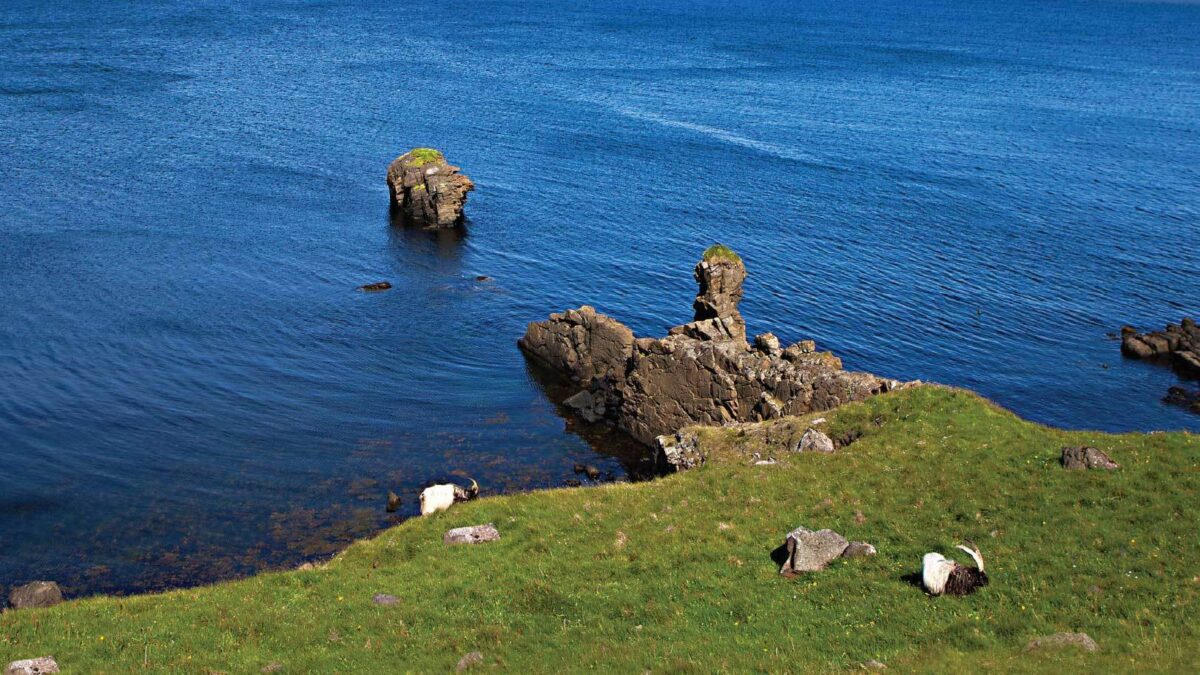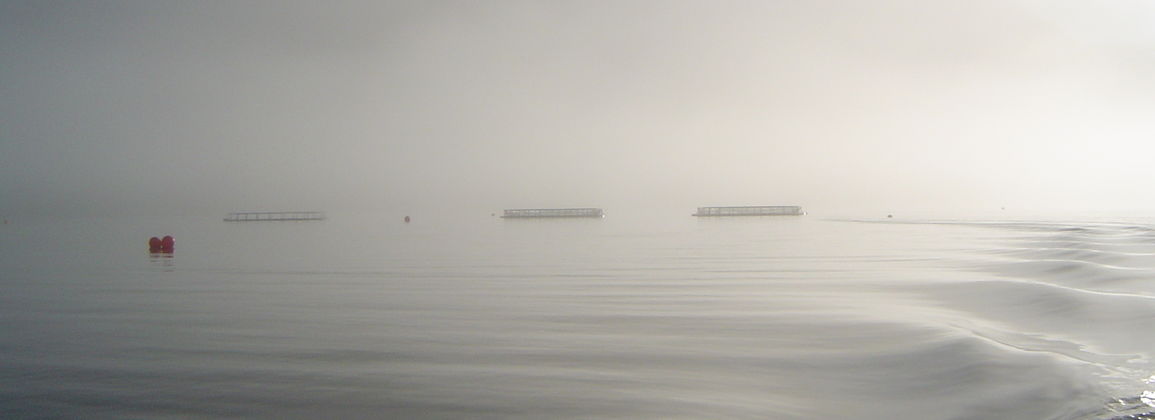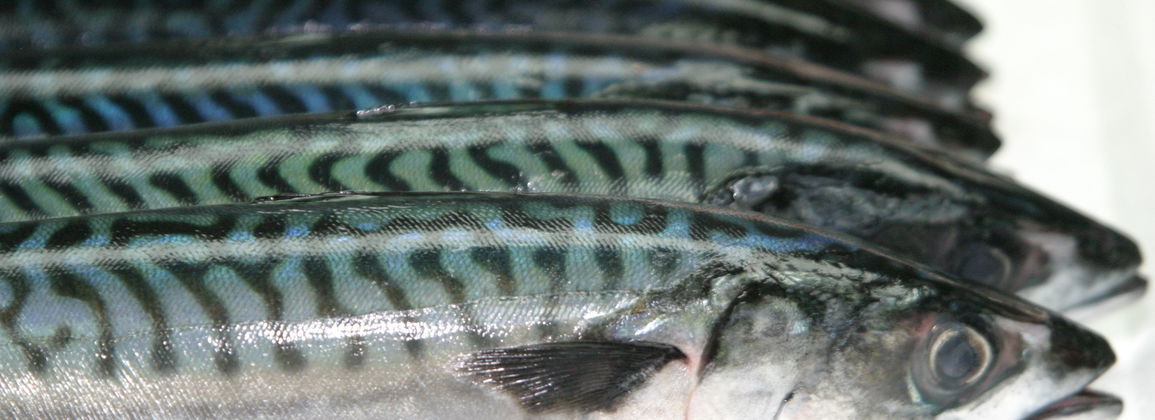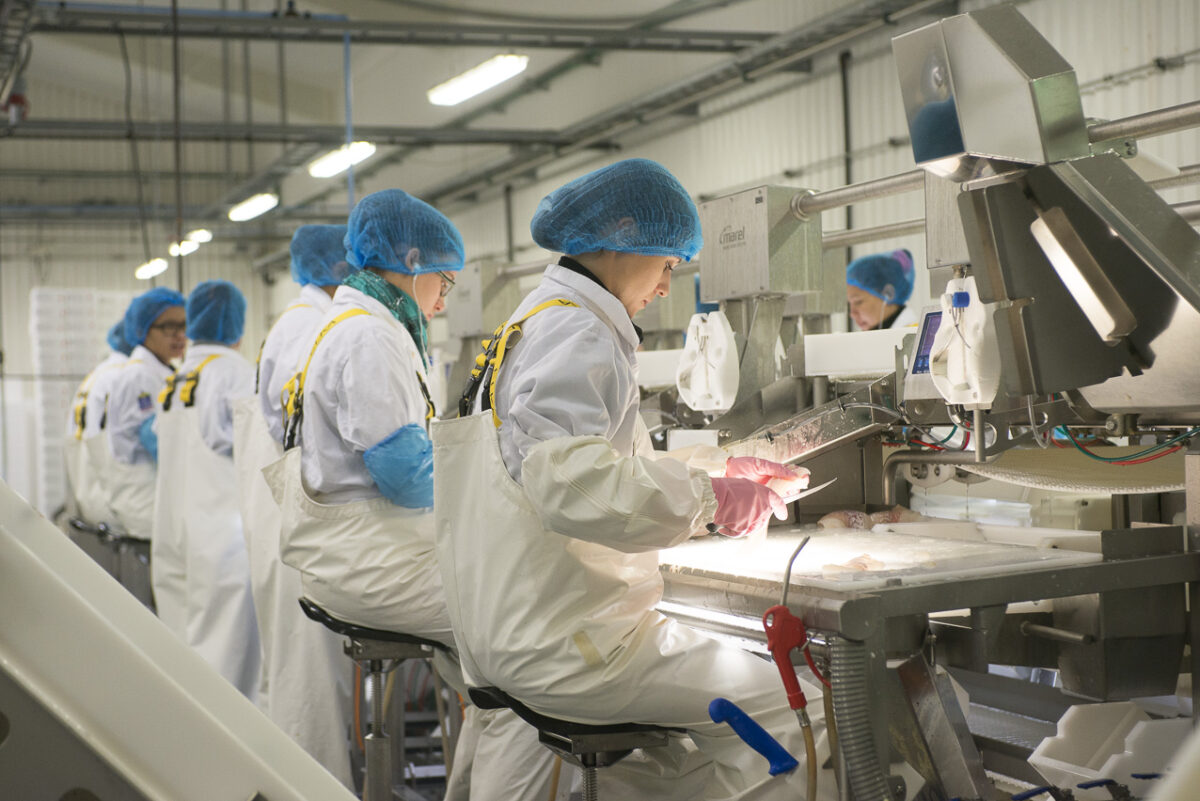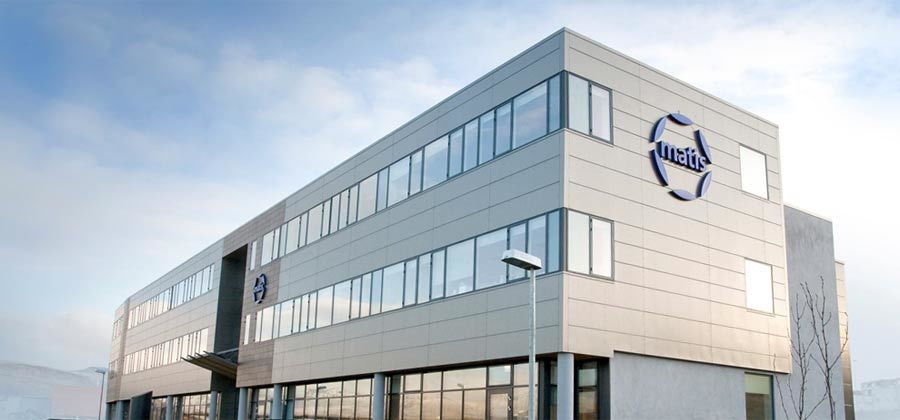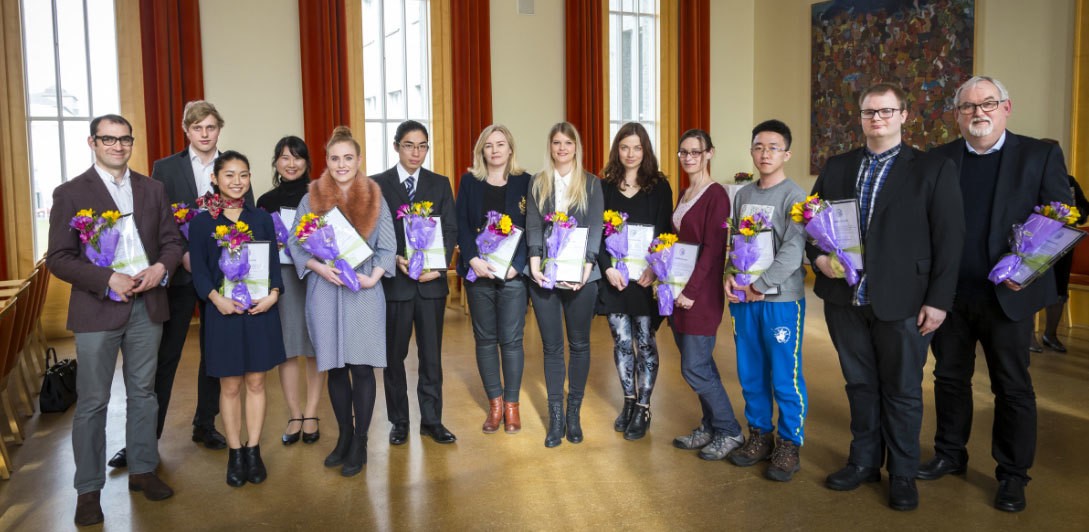Matís' Annual General Meeting for the 2016 operating year took place yesterday at 13 to Vínlandsleið 12. The agenda of the meeting was as usual as provided in Articles of Association for the company.
Matís' Board of Directors after the Annual General Meeting is as follows:
- Sjöfn Sigurgísladóttir - chairman
- Auðbjörg Ólafsdóttir
- Guðmundur Gunnarsson
- Heiða Kristín Helgadóttir
- Karl Ægir Karlsson
- Sigrún Traustadóttir
- Sindri Sigurgeirsson
From the report of the board
Matís is a science and knowledge society based on strong research infrastructure and solid industrial collaboration. Matís' role is to strengthen the competitiveness of Icelandic products and the economy, ensure food security and the sustainable use of the environment through research, innovation and services, and to improve public health. Matís started work on January 1, 2007. Since then, the company has steadily strengthened nationally and as an international research company. Matís is today a larger, more powerful and progressive company than 10 years ago, which underlines that its establishment was right at the time. Matís is not part of official supervision. Such supervision is under the authority of Matvælastofnun, which purchases, among other things, measuring services from Matís.
The majority of Matís' activities are the research component, diverse projects, large and small, projects carried out with domestic companies and internationally. Research and innovation projects deliver results that are important to continue working on, that they are used for change and development - that they are implemented by companies and investors.
2016 was Matís' tenth year of operation. We celebrated the anniversary by offering employees and their families a true science family party in February this year. Matís has a huge human resource and it was really nice to have the families of our employees. The interest was not hidden among the many educated guests at the company's headquarters at Vínlandsleið 12.
The bioeconomy and future opportunities within it will be the focus of Matís' research and services in the coming years. Like everything else in our world, research is changing and evolving over time. Today, research projects are more interdisciplinary and more comprehensive than before, looking more at the overall picture of research topics. This is exactly one of Matís' main strengths, diversity in knowledge as well as knowledge and the ability to do very limited research.
Investors, the OECD, the World Bank and other international organizations are increasingly looking to the sustainable use of marine resources to ensure economic growth and well-being for the world's 9 billion people in the coming decades. In recent years, Matís has emphasized these opportunities in our international work, as they are future opportunities in Matís' work and for value creation in Iceland. Globalization has come to be and it affects investment, research, production, marketing and the value chain of the bioeconomy as a whole. It has driven technological revolutions lately. years and will do so to an even greater extent in the coming years.
Matís' policy is to be a progressive knowledge company that strengthens Iceland's competitiveness and thus returns revenue to the Icelandic state, and at the same time to be a sought-after, demanding and exciting workplace with first-class facilities where qualified and satisfied employees have the opportunity to grow and enjoy their work.
Matís 'goal is to be a leader in the demanding world of innovation, and with this challenging environment and opportunities in the background, extensive strategic work was carried out in 2016. Matís' strategy emphasizes strong dissemination and implementation of results, as well as building strong infrastructure that can serve cutting-edge research in the field of food safety, product development and ingredients, and exploration and exploitation of genetic resources.
Matís' values are integrity, ambition, creativity and initiative. With these values in mind, Matís' staff has over the past 10 years built up a handsome capital in the form of infrastructure, processes and skills. Over the next 10 years, we want to further influence these areas for Iceland, the Icelandic state and our other domestic and foreign customers - investors, companies, institutions, organizations and individuals.
Matís' success over the years is certainly remarkable and I would like to mention a few examples from the year 2016:
Matís achieved the great result in 2016 of being among the 50 companies and institutions in Europe that became the most competitive in the competition for the 400 million euro investment of the Horizon 2020 program in EIT FOOD. This group includes companies such as Pepsico and universities such as Cambridge University. The total investment in EIT FOOD is estimated at over ISK 200 billion over 7 years.
During the year, Matís, together with partners, became involved in a competition for projects aimed at improving fisheries management and the utilization of fish stocks to which European nations have access outside European jurisdiction. The project has been named FARFISH, but Matís' income from it is around 1.2 million euros in the period 2017-2020. Matís' total revenue from international research projects in 2016 was around EUR 480 million and was just over EUR 2,500 million from 2007-2016.
More examples of 2016 results:
- The collaboration between Matís, Skaginn / 3X, FISK Seafood and others on the development of supercooling received Sviföldan at the Fisheries Conference this autumn, and Svifaldan is an award given for the most avant-garde idea in the fisheries sector each year.
- During the year, the number of views of Matís' videos on Youtube exceeded 120,000, the company has more than 5,000 followers on Facebook who connect more than 10,000 times a month and participate in the site's discussions more than 6,000 times a month. Today we have more than 6 thousand followers on Twitter. This clearly shows that Matís is able to disseminate scientific information to the public.
- Matís has participated in and led education in the field of engineering, design and other disciplines, but especially in the field of food science. We have connected university studies and the business world with good results, which has led to many individuals in the business world today having received education and experience related to Matís and living it in their current work. As a result, the collaboration between Matís and the University of Iceland on studies in food science received the Fjöreggið award from the Icelandic Food and Nutrition Association in 2016.
Food security plays a key role in the value creation of the food industry today. The emphasis on food safety and integrity in food production is likely to increase in the coming years, with the introduction of food integrity reference laboratories. The Icelandic state is obliged to designate reference laboratories to enforce the provisions of European food legislation, but reference laboratories are an important part of making food transport between European countries easier and open up the European market for Icelandic producers. requirements and rules. In the field of chemicals and microbial measurements, 21 fields are defined and at the end of 2016, Matís had been nominated as a reference laboratory for 14 of these fields. This is an example of the growing role that Matís has in food security in this country.
Matís' revenue in 2016 was a total of 1615 million. Operating profit before financial items was around ISK 28.5 million, but taking into account financial items and taxes, the company's profit was just over ISK 9 million. The main difference is the strong position of the króna, as more than a third of Matís' total income was in foreign currency in 2016.
The total number of employees at the end of the year was 114. A total of 12 employees are vocationally educated and 93 university-educated, i.e. 28 with a doctorate and 10 in doctoral studies. The results of the job satisfaction survey in 2016 were positive and show an improved working environment at Matís, which was one of the key emphases of the company's strategy. This is truly an incentive to do even better.

